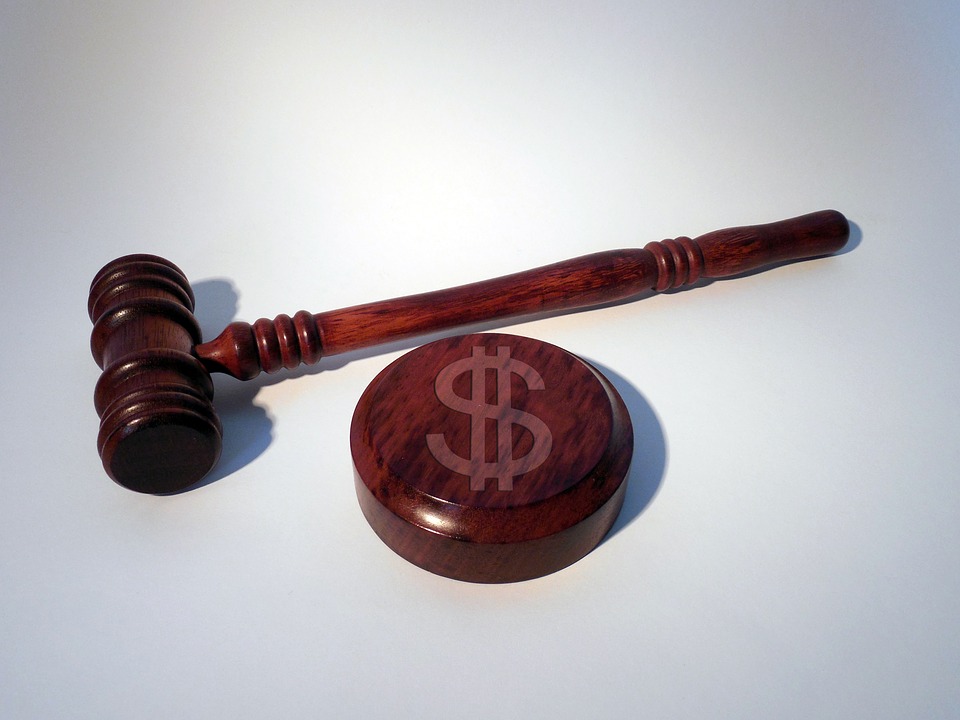Although Canada Revenue Agency states that 9 out of 10 individuals who owe tax pay it on time, that still leaves a large number of Canadians carrying tax debt every year – adding up to billions in tax debt outstanding.
With this year’s tax season upon us, Senior Vice-President of Sands & Associates and Vancouver Licensed Insolvency Trustee Blair Mantin joined BT Vancouver to dispel some common tax debt myths for individuals. According to debt help expert Blair Mantin, these are 5 things every Canadian should know about tax debt.
Watch the clip here and read more below:
5 Tax Debt Myths Debunked
- Myth: You Only Need to File if You Owe Money
There are very few circumstances where an individual isn’t required to file an income tax return – and in nearly every case it’s in your best interests to file, even if you don’t owe any extra money. Besides wanting to claim a refund (and fulfilling what Canada Revenue Agency (CRA) essentially views as your civic obligation), you’ll also need to file in order:
- For you or your spouse to receive credits such as GST, Canada Child Benefits, GIS.
- To create contribution room in an RRSP.
- To carry forward or transfer tuition amounts.
Having unfiled returns can also create challenges for you in situations where you need to prove your income, such as applying for credit or housing.
- Myth: Incorporating Fully Protects Business Owners
Debts a sole proprietor or partnership accumulate are payable by their owners, since there is no distinction between business and owner. While corporations may protect owners from their debts to some degree, by being a director of a corporation there is still a personal liability created for certain debts you cannot avoid becoming personally responsible for, such as GST and payroll remittances, wages and debts you have personally guaranteed (i.e. committed to pay in the event the company cannot).
It’s extremely important for business owners to understand their responsibilities for tax compliance and what they need to file with CRA; CRA debt is one of the top reasons we see business owners needing debt help.
Learn More About Debt Solutions for Business
- Myth: Tax Debt Can Expire
Although BC’s Limitation Act provides a two-year basic liability limitation period that prevents creditors from taking legal action against you for unpaid debts – debts owing to government bodies like CRA (or student loans) will not be subject to this limitation.
Consumers who don’t have any income may be able to avoid balances for some time, but for most people their unpaid tax debt will catch up with them eventually.
- Myth: Only Employment Income is Seizable
Unlike with many other types of consumer debt, CRA has powerful collection methods and can begin a wage or bank account garnishment virtually overnight – and this isn’t restricted to employment income alone. In addition to wage garnishments placed with your employer, CRA may also resort to garnishing:
- Self-employment earnings (they may direct the notice to pay to your clients).
- Government income including CPP, OAS, EI benefits.
In addition to income, CRA can also place liens on your personal property.
Read an Overview of Wage Garnishment in BC
- Myth: You Can’t Have Tax Debt Forgiven
Licensed Insolvency Trustees are often contacted by individuals, business owners and even other financial professionals who are facing balances owing to CRA that they are unable to repay but think can’t be written-off for good. If you are looking for a solution to unmanageable and unpaid balances to CRA for income tax, GST, payroll or business debt the good news is that there are two options that can allow you to have these debts forgiven:
- A Consumer Proposal – consolidate and reduce virtually all your debts to an amount you can afford to repay, the unpaid portion is written-off by your creditors.
- This is the only method to negotiate tax debts that CRA will accept.
- Bankruptcy – get full forgiveness for virtually all types of debts.
These are the only two methods of extinguishing government (and of course general consumer) debts in Canada and are available solely by working with a Licensed Insolvency Trustee.
Learn more about legislated debt solutions that can allow you a financial fresh start by connecting with a non-judgmental Sands & Associates representative in a local BC office – book your confidential free debt consultation now.






